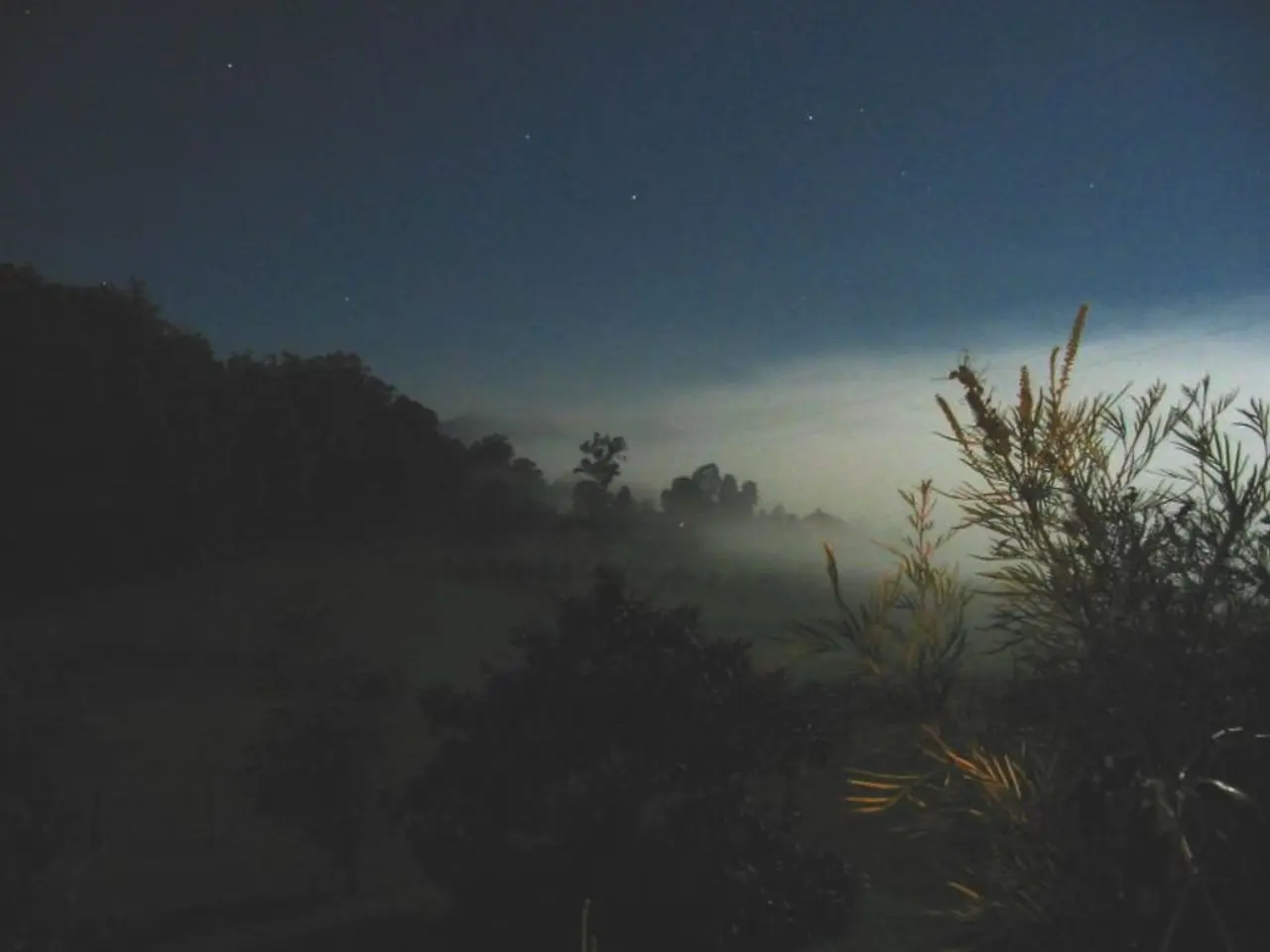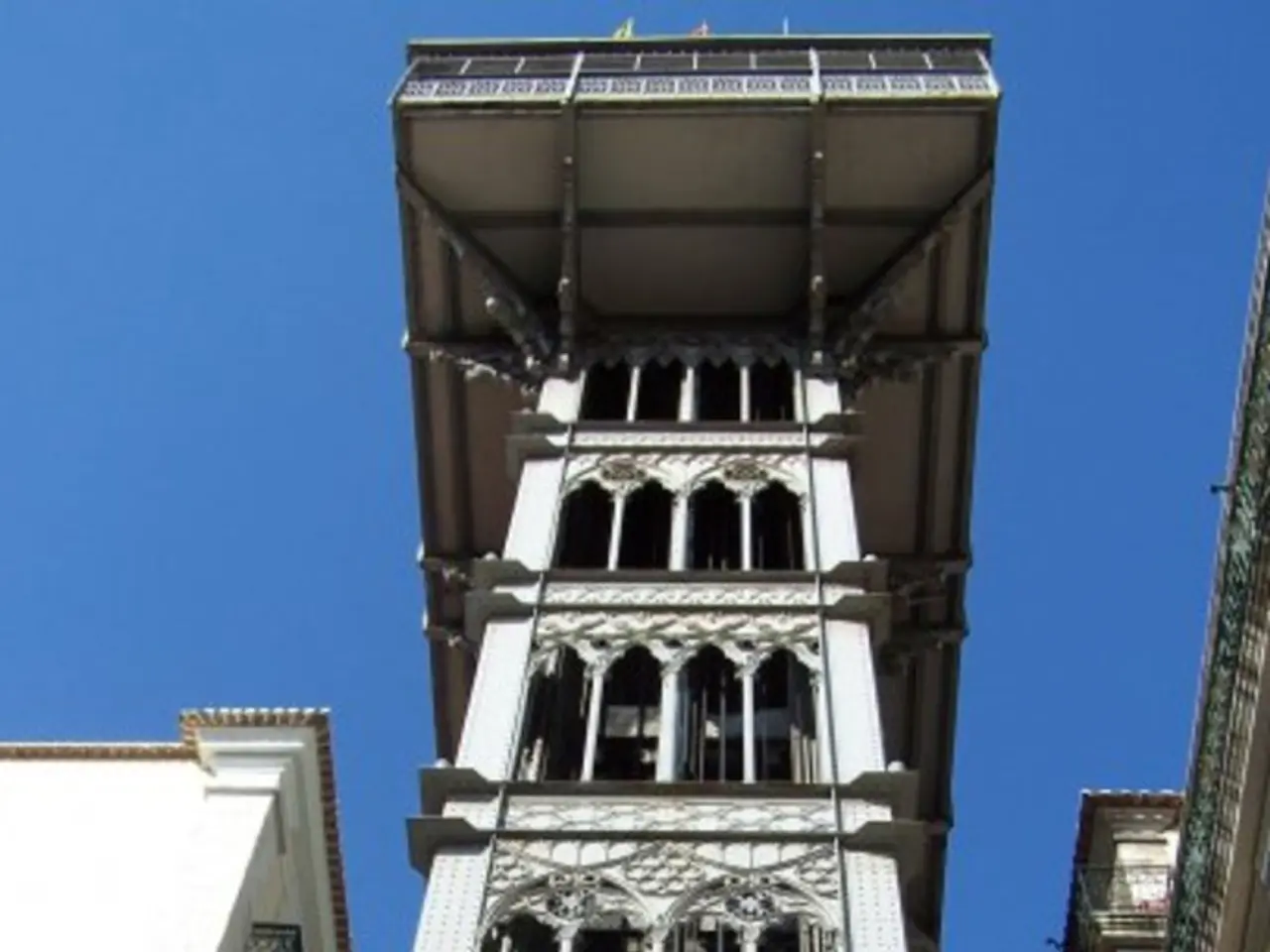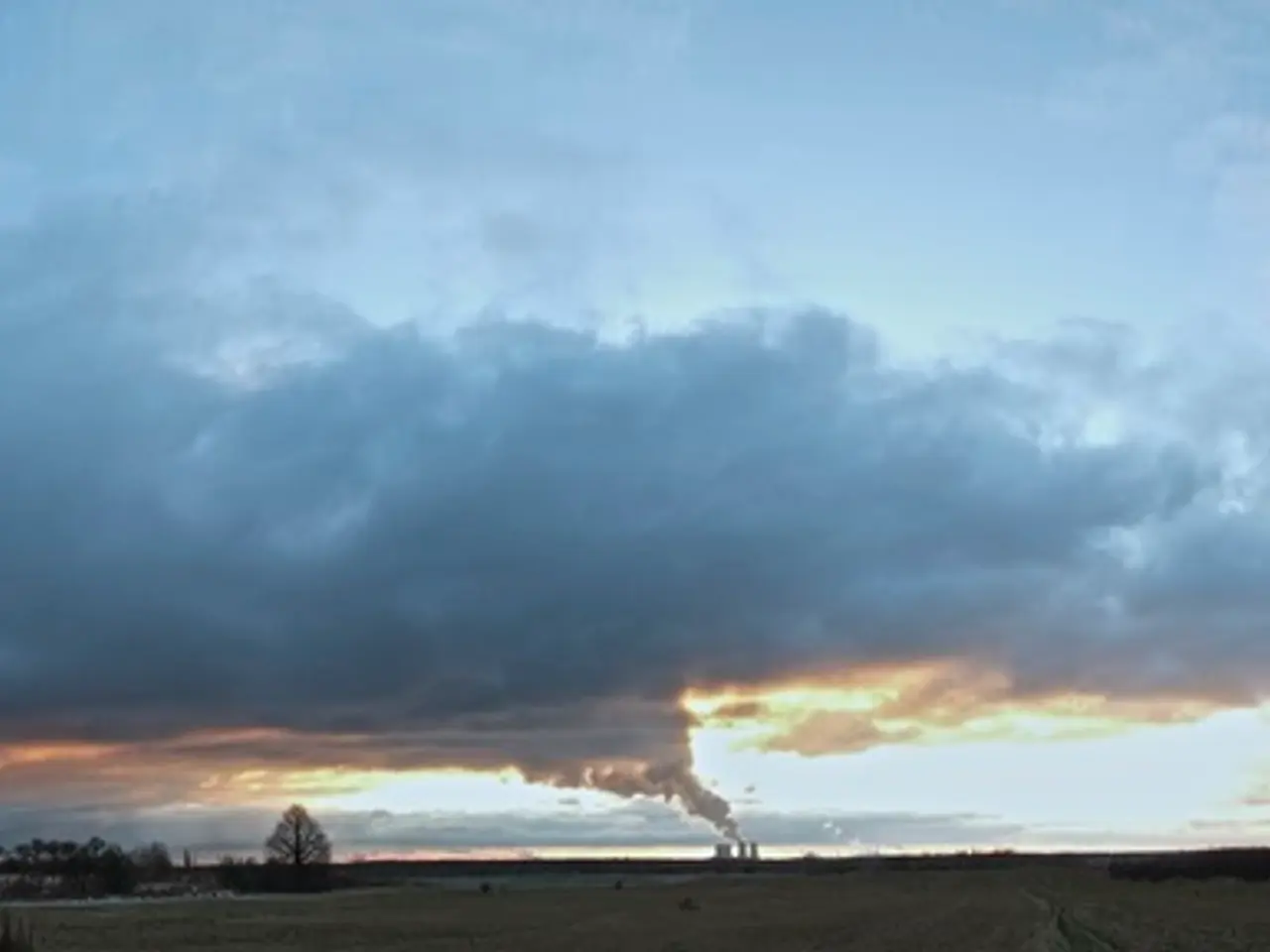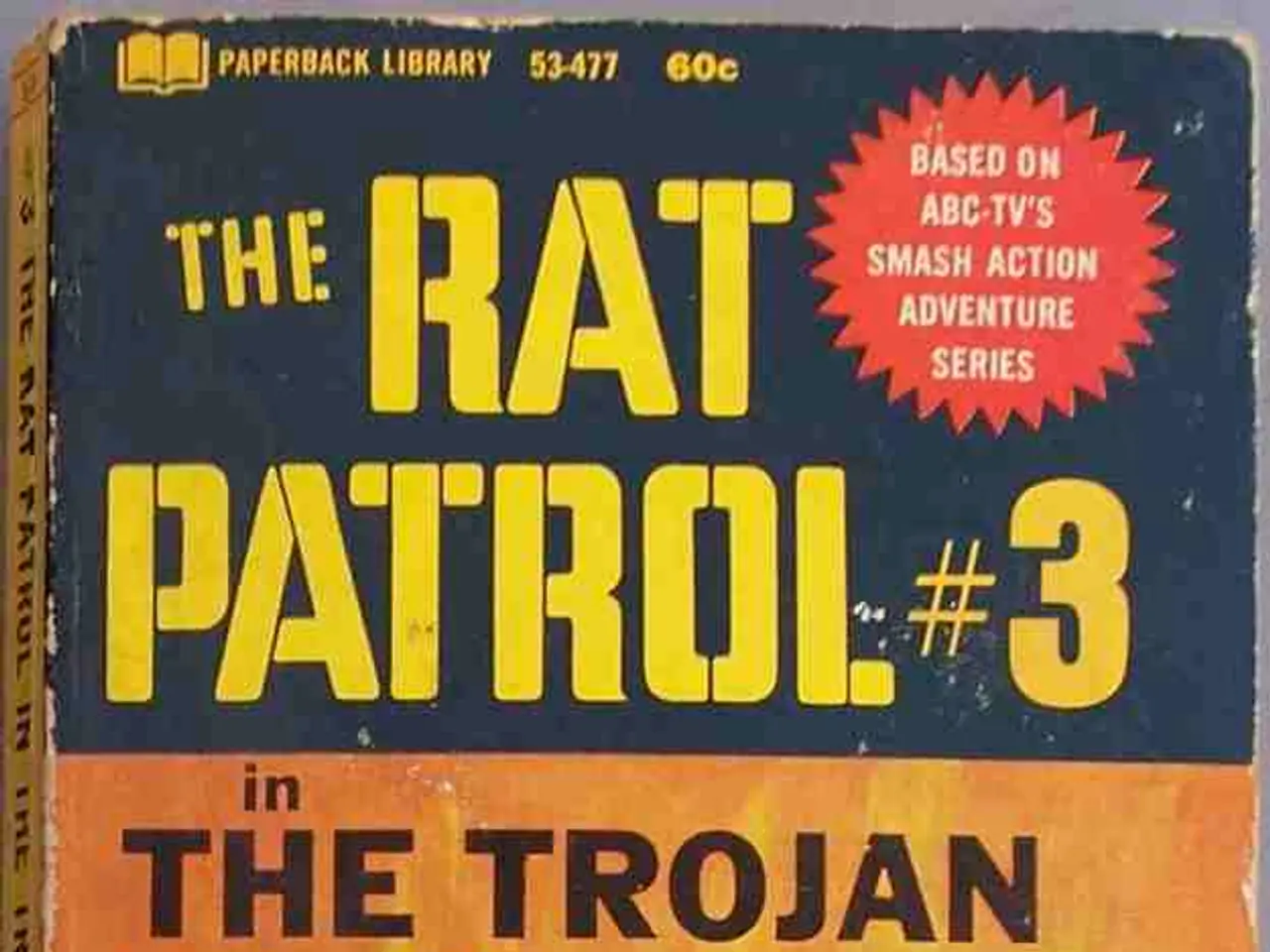SKY ILLUMINATION FROM METEOR SHOWER OVER KAZAKHSTAN: TIME TO OBSERVE AND BEST VIEWING LOCATIONS REVEALED
The summer sky is set to light up once more as the Perseids meteor shower makes its annual appearance. This year, however, the spectacle is accompanied by a few challenges that stargazers should be aware of.
A third interstellar visitor has entered our Solar System, and scientists are still unsure about its nature. Meanwhile, the Perseids meteor shower, associated with comet 109P/Swift-Tuttle, will be visible in August in the Northern Hemisphere. The shower was named after the constellation Perseus due to its origin point.
The Perseids meteor shower has been observed since the 1830s, but in 1993, it reached unusually high intensities, with observers counting 180-200 meteors per hour during the shower. This year, up to a hundred meteors could streak across the sky in an hour.
However, the Moon will interfere with observations, being 90% illuminated. The peak of activity for the Perseids meteor shower is expected on the night of August 11th to 12th. Unfortunately, the near-full moon is 84% illuminated and rises a few hours before midnight, washing out most meteors except the brightest.
To maximize your chances despite the moon's interference and city lights, you should:
- Choose a location with minimal light pollution, ideally a designated dark sky area; if that's not possible, find a spot shielded from direct local lights, such as a park or your backyard using buildings to block streetlights.
- Observe before midnight on peak nights if possible since the bright waning gibbous moon rises late. Alternatively, watch before and after the peak dates (July 18-28) when moonlight is less problematic but meteor rates are lower.
- Give your eyes at least 30 minutes to adapt to the dark, avoid using bright lights or screens, and use red light mode if you need illumination to preserve night vision.
- Look about 40 degrees above the radiant and scan a wide area of the sky with the naked eye rather than binoculars or telescopes, which limit your field of view.
- Consider trying to catch "earthgrazing" meteors in the evening when meteors skim the atmosphere and last longer, visible low in the north or east, since the moon will not interfere until after dusk.
In summary, due to the bright moon and city light interference in 2025, the best strategy is to seek very dark skies, observe before moonrise or after peak nights with less moonlight, allow dark adaptation, and scan a broad sky area with your eyes.
The Perseids meteor shower is one of the brightest and most prolific showers, so even with the challenges, it promises to be a captivating event for stargazers. So, mark your calendars for the night of August 11th to 12th and prepare for a celestial treat!
[References] [1] https://www.space.com/40934-perseids-meteor-shower-2025.html [2] https://www.nasa.gov/feature/goddard/2021/how-to-watch-the-2021-perseids-meteor-shower [3] https://www.space.com/38378-how-to-watch-the-perseids-meteor-shower.html [4] https://www.timeanddate.com/astronomy/meteor-showers/perseids.html
- Despite the interference of the bright moon and city lights, the science of stargazing still offers opportunities to witness celestial events like the space-and-astronomy-related Perseids meteor shower.
- To weather the challenges presented during the Perseids meteor shower this year, stargazers should prepare by seeking out dark sky locations, observing at optimal times, and adopting strategies to enhance their viewing experience.







